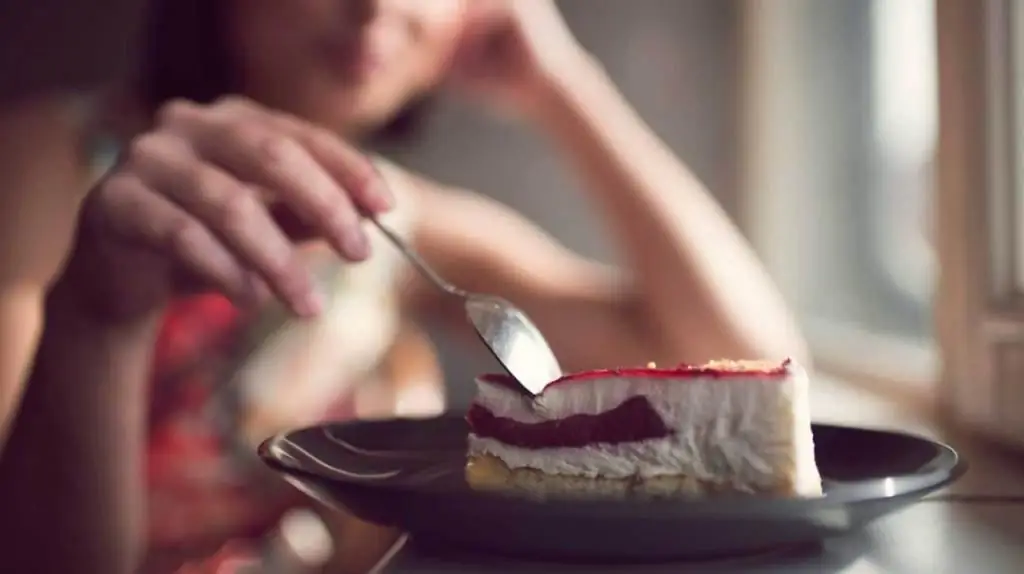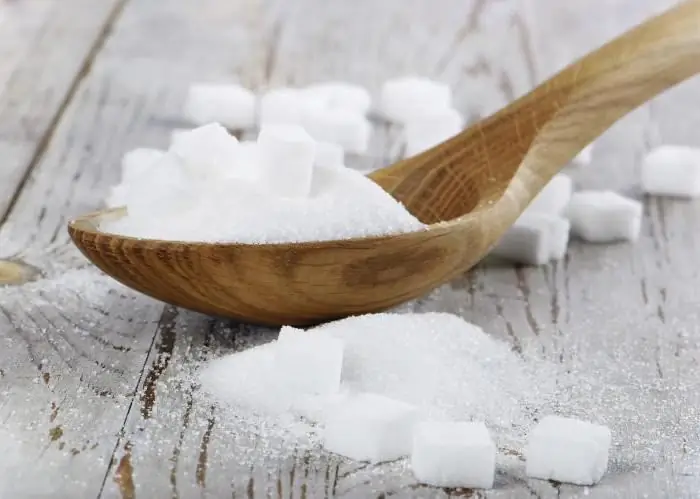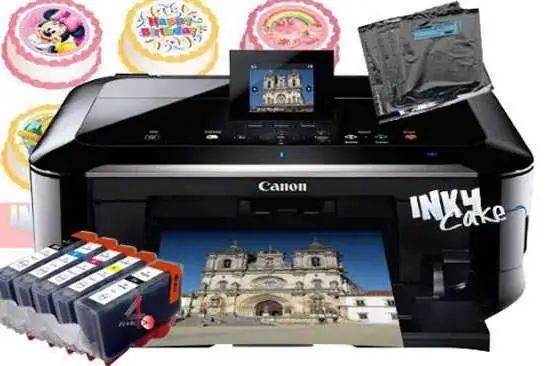2026 Author: Isabella Gilson | [email protected]. Last modified: 2025-01-23 12:50:34
Modern technologies are developing at a super-fast pace. Scientists have already implemented many of the ideas of science fiction writers. Very soon the world will see interactive television, and everyone will be able to go on a space excursion for the weekend. Edible paper has become the latest development of technologists. Read more about this miracle in the article.
What is this
Standard edible paper is very similar to plain paper sheet. The texture is transparent or more dense. It can be pure white or have a yellowish or grayish tint depending on the ingredients. The most common formats are 0.4-0.7 mm thick, width or diameter, depending on whether the leaf shape is rectangular or round, 22 cm or 33 cm. It is fresh or slightly sweet in taste, practically calorie-free and odorless.

A bit of history
The first edible paper (nori) appeared in Japan almost four hundred years ago. Modern rice, wafer, sugar and other food papers have appeared recently- at the end of the twentieth century.
In 2003, American chemist Tara McHugh introduced her new invention to the world - edible wrapping paper, which can be used to wrap sandwiches, hamburgers and anything else, and then eat it with the contents.
Other inventors immediately picked up the idea and began to create edible business cards, books, advertisements.
What is edible paper made of
Traditionally, the basis for the preparation of this product is rice flour, water and s alt. Tapioca is often used - a starch product that is obtained from the roots of edible cassava - a valuable tropical plant.
Waffle paper is made from potato or rice starch, vegetable oil and water.
Edible sugar paper contains ingredients such as sugar or other sweeteners, edible molasses, sorbitol syrup, water, potassium sorbate, palm oil, food additives, emulsifiers and stabilizers, modified cellulose.

Recently, inventors have been experimenting with ingredients, using specially processed vegetable or fruit and berry puree to prepare the product, adding flavorings and food colorings. The result is edible paper strawberry pink, broccoli greenish, mango orange.
Nori is a unique edible paper made from some types of red algae. Asian cuisine has been using this original Japanese product for over three hundred years.
Types of ediblepaper
Today there are such types of edible paper:
- waffle;
- rice;
- sugar;
- glazed;
- shock transfer;
- vegetable;
- fruit and berry;
- nori.
Where the product is used
Edible paper is very widely used in cooking:
- for making rolls, rolls, pancakes, chips;
- edible photo print for decorating cakes;
- for decorating various dishes;
- as packing material;
- for making brochures, business cards, even books.
Next, we will take a closer look at how edible paper is used.

Delicious food paper dishes
Rice paper is used to make "spring" rolls, which have a very light taste. The Vietnamese make nems from it - pancakes or stuffed rolls. The stuffing for rice paper can be very different, but minced pork, dried mushrooms, beans, carrots with herbs, hard pasta are traditionally used.
Before use, rice paper is moistened, then it is easily twisted, taking the desired shape. Then the pancakes are either fried (preferably with sesame oil) or eaten without heat treatment (then the filling should be ready to eat).
Japanese dishes are prepared from nori: mochi rice cakes, onigiri buns, classic rolls. Nori, decorated with laser patterns, is gaining more and more popularity. They also make wonderful chips from nori.
Photo printing
Printing on edible paper is gaining more and more fans. To do this, use wafer, rice or sugar paper. It is refilled into a special food inkjet printer, which uses food grade ink from dyes that are safe for he alth.
Most often, edible paper with printed pictures is used to decorate the top of the cake, pre-moistened with sweet syrup and smeared with vegetable cream, sugar glue, marzipans or mastic. To give the picture clarity, confectioners advise lubricating the food sheet itself with icing. This will also help prevent it from peeling off during storage or shipping.

Sugar edible cake paper allows you to get the brightest, clearest and highest quality picture.
After printing, the edible sheet must dry well at room temperature, or it is placed in the freezer for ten seconds. Only after drying with food paper with photo printing, you can decorate the cake.
Glazed paper is best for hand painting.
Artistic decoration of dishes
Food paper is used not only to decorate the top of confectionery, but also to decorate the side parts. At the same time, food gel, jelly glaze or mastic is used for fixation.
Wafer paper is best for decorating. Confectioners do not advise decorating the sides of the cake with sugar paper, as it gives an unwanted wave or uglybubbles.
Also, you can make any decorations from edible paper with scissors - Christmas trees, snowflakes, hearts and other festive tinsel. Only food paper should be handled more carefully than regular paper, try not to bend it.
Decorated sweets should not be kept in the freezer to avoid condensation, or in a humid room. In general, high humidity is highly undesirable for edible paper decorations, including food photo printing.
Food packaging
Edible packaging paper is the latest innovation. The author of the idea is the American chemist Tara McHugh. She offered the world packaging that can be eaten with the contents. However, they can be tasteless so as not to disturb the composition of the main dish, or they can taste like seasoning, milk sauce, ketchup, mashed potatoes, strawberries, mangoes and more.
Tara McHugh is confident that her invention is the future, it will help rid the world of polyethylene, plastic and foil. However, there is a lot of but: packaging is designed to keep the product from contamination, to extend its shelf life. And who will monitor the expiration date of the food packaging itself? How to overcome the habit of buyers to touch the goods with their hands? After all, then they will leave millions of microbes and elementary dirt on food packaging.

In this regard, a student from Kazan, Ivan Zakharov, went much further, who suggested using water-soluble environmentally friendly materials instead of edible packaging. His revolutionary discovery so farat the experimental stage, but behind him - the future. It takes four hundred years for a simple plastic bag to decompose, while Zakharov's film turns into jelly under the influence of water in a few hours, and disappears without a trace in a day.
Assortment and product prices
For serial and professional production of cakes, pastries and other sweets, food printers, food ink, edible paper are available. The price of all these accessories is quite high:
- food printer costs from 10,000 rubles;
- food ink - from 3500 rubles per liter;
- 25 sheets of sugar paper - from 2500 rubles;
- 25 sheets of shock transfer paper - from 3000 rubles;
- 25 sheets of wafer paper - from 700 rubles.

To decorate a homemade product, you can purchase ready-made pictures on food paper. You can buy an edible photo quite inexpensively. Depending on the size, it can cost as little as 150 rubles. If desired, you can order an edible print according to your own sketch.
How to make edible paper
This is a painstaking and complex process. In Asia, only women are allowed to do this business, who are specially trained in a difficult craft. Making food paper by hand consists of four steps:
- First, soak the rice in cold water for eight hours. After that, the rice is washed very thoroughly and soaked again in cold water, slightly s alted.
- After a few hours, the rice will swell, after which they go tothe second stage. Rice is chopped very finely with a special knife, after which the resulting crumb is poured onto a clean cloth stretched over a large container of boiling water (for example, a saucepan).
- Rice crumbs are held over hot steam for 5-7 minutes, then it is transferred to a bamboo grate. Today, Asian women are less scrupulous and use wooden and even plastic bars.
- The grate with rice crumbs is taken out to fresh air, where the mixture is carefully leveled with a thin layer and dried well. The result is a rice leaf.

Asian cuisine has many recipes, according to which a variety of seasonings are added to the rice flake. It turns out rice paper with a spicy or spicy taste.
Today, the food industry has fully mastered the production of edible paper. All stages are automated, and with the use of special equipment, the process takes very little time.
Recommended:
Does the human body need sugar? The benefits and harms of sugar, its impact on he alth

What is sugar and what did people use it for? How does the substance behave in the human body? What are the types of sugar? How harmful and useful is it? Is there an alternative or substitutes? Myths about the benefits and harms of sugar. We will consider all this in the article
Yellow rice and other types of rice that should be preferred to regular rice

Rice is very popular all over the world. Every year there are more and more regions where rice is grown. With the passage of time, people have learned to cook a lot of different tasty and he althy dishes from it. For more than 8000 years, people have been growing this crop, however, for example, Europe knew it only during the late Middle Ages
Glitter and color of sugar (photo). Sugar production and evaluation

The world around us has become so familiar that we often do not even notice the little things that make up our lives. For example, if you want to drink tea or coffee, we boldly take sugar to enhance the taste
What is the difference between refined sugar and unrefined sugar?

When sugar first appeared on people's tables, it was brown. Today, on the shelves of stores you can find both white refined sugar or granulated sugar, as well as a brown version. Whether refined brown sugar is more harmful or there is no difference between them - we will analyze in our article. We will also talk about how to distinguish fake from real brown sugar
Recipe for wafer rolls in a waffle iron. Filling and dough for wafer rolls

If you try to bake wafer rolls according to the recipes described in the article, trying each time with different types of cream, then in any case there will be your favorite option, which will be used most often

